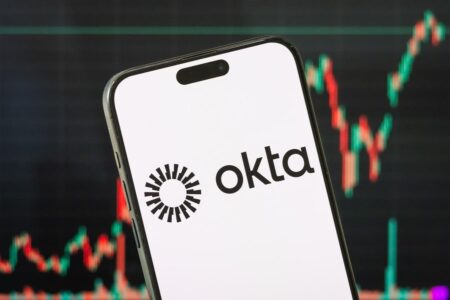Dollar General (NYSE:DG) is set to announce its fiscal first-quarter earnings on Tuesday, June 3, 2025, with analysts forecasting earnings of $1.49 per share and revenue of $10.29 billion. This would indicate a 10% decline in earnings year-over-year and a 4% increase in sales compared to last year’s figures of $1.65 per share and $9.91 billion in revenue. Historically, DG stock has decreased 74% of the time following earnings announcements, with a median one-day drop of 4.2% and a maximum observed decline of 32%.
Dollar General’s emphasis on domestically sourced essential products, including food, health, and household items, means that roughly 4% of its inventory is imported, thereby limiting its exposure to cost increases related to tariffs. Nevertheless, the company’s growth has been inconsistent in recent years. The profitability of the retailer has sharply declined: fourth-quarter earnings per share plunged 53% year-over-year, leading to a 32% overall drop for the year 2024. A significant factor contributing to the company’s recent difficulties has been its surplus inventory. For the current fiscal year ending in January, it anticipates net sales to increase between 3.4% and 4.4%, but same-store sales—indicating performance at locations that have been open for at least one year—are expected to rise by only 1.2% to 2.2%. The company currently has a market capitalization of $21 billion. Revenue over the past twelve months was $41 billion, and it operated profitably with $1.7 billion in operating profits and a net income of $1.1 billion. Buy or Sell Dollar General Stock?
For event-driven traders, historical patterns might provide an advantage, whether by preparing ahead of earnings or responding to movements after their release. That being said, if you are looking for upside with reduced volatility than that typically found in individual stocks, the Trefis High Quality portfolio offers an alternative, having outperformed the S&P 500 and delivered returns surpassing 91% since its launch.
See earnings reaction history of all stocks.
Dollar General’s Historical Odds of Positive Post-Earnings Return
Some insights on one-day (1D) post-earnings returns:
- There are 19 earnings data points recorded over the previous five years, with 5 positive and 14 negative one-day (1D) returns noted. In summary, positive 1D returns were observed around 26% of the time.
- However, this percentage drops to 18% when we look at data for the last 3 years instead of 5.
- Median of the 5 positive returns = 4.4%, while the median of the 14 negative returns = -4.2%
Additional data regarding observed 5-Day (5D) and 21-Day (21D) returns after earnings are compiled along with the statistics in the table below.
Correlation Between 1D, 5D, and 21D Historical Returns
A relatively less risky approach (though not effective if the correlation is low) involves assessing the correlation between short-term and medium-term returns post-earnings, pinpointing a pair that demonstrates the highest correlation, and executing the corresponding trade. For instance, if 1D and 5D show the strongest correlation, a trader could position themselves “long” for the next 5 days if the 1D post-earnings return is positive. Below is some correlation data based on 5-year and 3-year (more recent) history. It is important to note that the correlation 1D_5D pertains to the relationship between 1D post-earnings returns and the subsequent 5D returns.
Is There Any Correlation With Peer Earnings?
Occasionally, the performance of peers can impact the post-earnings stock reaction. In fact, the pricing-in might commence even before the earnings are announced. Here is some historical data on the past post-earnings performance of Dollar General stock in comparison with the stock performance of peers that reported earnings shortly before Dollar General. For a fair comparison, peer stock returns also reflect post-earnings one-day (1D) returns.
Discover more about Trefis RV strategy that has outperformed its all-cap stocks benchmark (a combination of all three, the S&P 500, S&P mid-cap, and Russell 2000), achieving remarkable returns for investors
Read the full article here
















